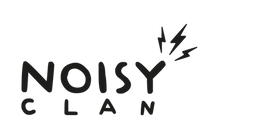Let’s explore some guitar chords. A really important distinction we recommend you understand is that Chords and chord shapes are different. A chord is a collection of notes that can be arranged in any order and the chord will still keep its name. A chord shape describes the finger formation physically required to play a chord.
Sometimes we want to play a chord using a different voicing or shape to create a different feel.
We can play the open G chord, or use one of the other CAGED shapes to play the chord in a different position on the neck. The image below highlights the standard way to play a G chord in the open position, but also indicates all the other locations we can play G.

Using CAGED we can play G anywhere across the entire fretboard. Locate the D shape below, between the 5th and 8th fret. Use this shape to play the G chord in this new position. Use your index finger to barre along the 5th fret (left of the shape marker), or if you prefer to keep it simple just play the triad on the top three strings.

Same Progression, Different Ways to Play.
Many songs share exactly the same progression and yet still sound different. One of the ways they do this is by playing the same chords in different areas of the neck. Play the progression below, which includes an open chord and two barre chords. C and bm use the major and minor forms of the A-shape, respectively. Playing C as a barre chord makes the transition from bm much smoother.

Let's take the same progression and use different CAGED shapes to play each chord further up the neck. This will give the progression a brighter tone. G uses a segment of the C-shape and bm uses the minor form of the E-shape.

Movable shapes allow you to play the same chord progression in different positions on the fretboard. The CAGED shapes used in the progression above have been split into smaller segments to make them easier to play. This is an especially useful trick for playing chords using the C, D and G shapes. To make it even easier to play, simply play the top three strings only. These are very simple triads that are easy to fret and require very little finger movement. Between each chord change the triad shape only changes by a single finger position.
We’re pretty passionate about learning these nifty tricks. In a couple of weeks we’re releasing our Decoder: Chord Compass for Guitar. The top images are an example of how the Chord Compass shows you all the chord options across the entire fretboard. Watch the video below to learn more!








